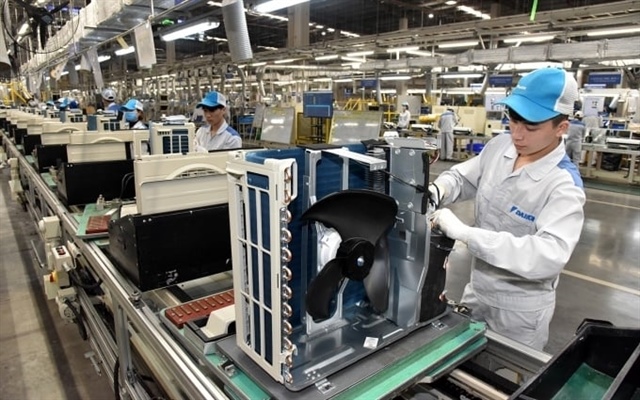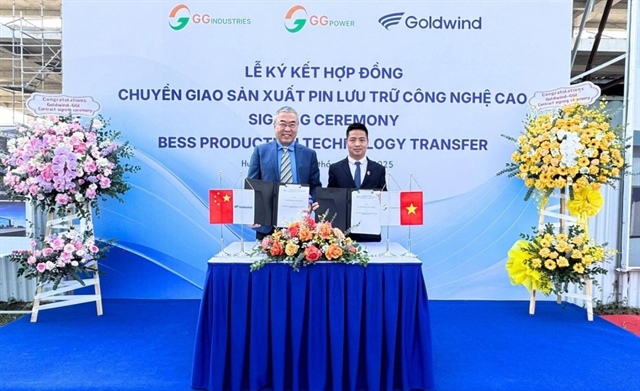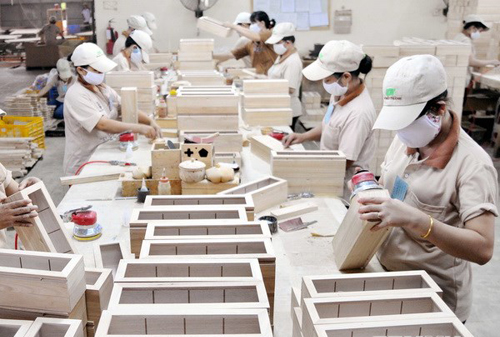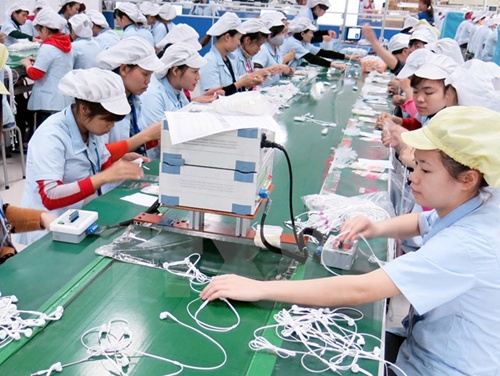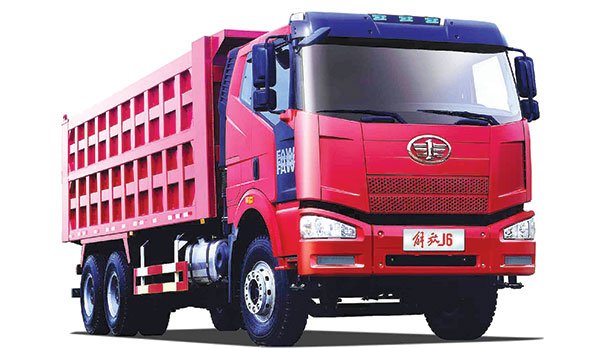Market demand will shape the factory of the future
Market demand will shape the factory of the future
The factory of today is on its way to becoming the factory of the past and we shouldn’t be surprised by this.
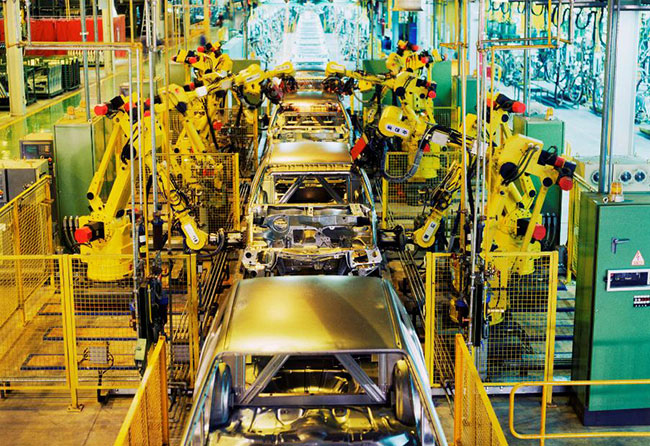
Several trends and technologies are converging that will change the way factories operate. This new breed will adapt to meet new market demands in order to benefit local manufacturers, but also consumers, and even factory workers.
With the rise of Vietnam as a regional manufacturing hub, how can local manufacturers leverage 3D design technology to modernise their operations and leapfrog the growing pains of their established competitors in other Asian countries?
Mass production
Before we can understand where factories are going, it’s helpful to look at where they are today. Let’s take an automotive plant as an example:
The typical automotive factory today is set up to have economy of scale on a very limited range of models. Rarely does one factory produce a variety of sedans, trucks, and SUV’s.
Instead, the factory has dedicated tooling, equipment, and other resources that are specific to certain car models, and the factory is strategically located in relation to its suppliers to enable economies of scale for mass production.
This is all well and good. But what winds up happening in this type of set-up is that the factory doesn’t necessarily produce what the market is demanding—it produces what it has been set up to produce.
As a result, you have a certain amount of inefficiency built into the marketplace: the auto manufacturers can barely keep up with production for popular hot-selling models, and on the other end of the spectrum, they can barely give away models that aren’t selling.
This imbalance is typical of the factory of today.
Smart production
In order to improve upon this model of production, the factory of tomorrow needs to exhibit greater modularity, flexibility, and reconfigurability.
What does this mean? Let’s look again at our example of an automotive plant. In a smart automotive factory, the equipment is flexible and adaptable so that it can be quickly changed over to manufacture multiple models within the same factory.
If a company has more demand for sports cars or for SUV’s, they can quickly adapt the factory to meet that demand. By more intelligently managing the flow of materials to the markets, companies will be able to produce something that’s much closer to market demand.
The ultimate extension of this vision is that a customer could walk into a dealership, figure out exactly what type of car she wanted, and have it manufactured on demand, just for her, by a facility located relatively close by.
Customisation is key
The above scenario isn’t as far-fetched as it seems given the growing demand for “artisanal products” and personalised and/or customised offerings.
The rise of the maker movement and of the maker/entrepreneur, as well as the popularity of online marketplaces, such as Etsy in the US, speak to the growing appeal of smaller batch manufacturing.
The companies that are best able to meet that market demand for individualised, personalised products are going to be the ones who will thrive in this kind of an environment.
For a consumer products manufacturer, that means that instead of producing 100 million smart phones a year that all look virtually the same, they will now offer a high degree of customisation and build phones to customer specifications. Potentially, no two phones would be the same.
In order to meet this “small batch production” trend head-on, the factory of the future will become more decentralised. This means a couple of things:
For one, it means more local manufacturing. Sneakers, for example, will no longer be manufactured halfway around the world by an anonymous individual—they will be manufactured close to the consumer. We used to know the people who made our products, and consumers are seeking to regain that “personal” connection to the products they buy.
Small batch manufacturing also means more urban manufacturing. The availability of 3D printing and other additive manufacturing technologies allows for spaces that normally wouldn’t have been appropriate for a manufacturing facility—say, a loft in Manhattan—to function perfectly well as a small-scale factory.
We may also see several different small batch manufacturers organised as communities and co-located in urban manufacturing hubs—a very different kind of vertical organisation from what we typically see today.
Taking sustainability into account
The trend towards producing closer to the point of use—as in the local manufacturing and urban manufacturing scenarios outlined above—makes sense not only from an economic perspective but also from an ecological perspective, given the lower transport costs, fuel costs, and other environmental factors.
This is important because there is increased interest from consumers in how the products they buy are produced—are they produced sustainably?
Sustainability can be something as easily identifiable as energy consumption.
Today’s factory typically has a large amount of equipment on the plant floor that runs continuously whether or not it’s being used, because shutting it down and then booting it back up takes too long or is too tortuous of a procedure. Obviously, this is not a paragon of energy efficiency.
This is especially pertinent in Vietnam, which is looking to reduce energy consumption per unit of GDP by 1.5 to 2 per cent per year, and cut greenhouse gas emissions per unit of GDP by 8-10 per cent by 2020.
The factory of the future is going to have a more dynamic approach, with demand management systems and energy management systems in the plant that provide feedback at the micro and macro level.
These systems can help the plant owners analyse when the optimal time to operate equipment might be, or whether the equipment can be designed in a way that it can be quickly shut off and brought back online without negative effects on production.
In addition to energy consumption, sustainability means creating a sustainable workplace, from a worker perspective.
To design for any type of sustainability, the factory of the future will need to have digital model counterparts that allow them to optimise the factory layout virtually before it is built physically in the real world.
Crucially, those digital models will accept data feeds from the real world that will allow them to monitor the overall health of the factory in terms of various sustainability metrics and then aggregate the data.
With the Internet of things, more objects are becoming embedded with pervasive sensor networks and semi-autonomous systems that can communicate and provide the information that workers and factory operators need to make the best choices.
As a result, if a factory wants to adjust its HVAC system to reduce energy consumption or optimise the lighting in a plant to increase worker happiness, they can make a decision based on actual data from the factory floor.
Ultimately, this emphasis on sustainability reflects a shifting mentality on the part of factories. Rather than asking “How cheaply can I manufacture something?” they are taking a more comprehensive view that looks at all aspects of operations—including labor, capital, transportation, carbon emissions, and the work environment itself—and asking “What it the total cost?”
For manufacturers and consumers alike, this is increasingly the question that matters—and the factory of the future will need to answer that question.
Conclusion
As the attractiveness of Vietnam’s Asian neighbours as a manufacturing destination wanes, local factories are poised to become the smart factories of the future by becoming more dynamic and decentralised, as well as more flexible, adaptable, and reconfigurable.
This will allow them to produce a wider variety of products from within the walls of a single factory; embrace smaller batch manufacturing that delivers more personalised and individualised products from closer to home; and make sustainability more of a factor in manufacturing.
In accomplishing these goals, local manufacturers will give the market what it is asking for. Those that don’t risk getting left behind by this latest wave of manufacturing.


